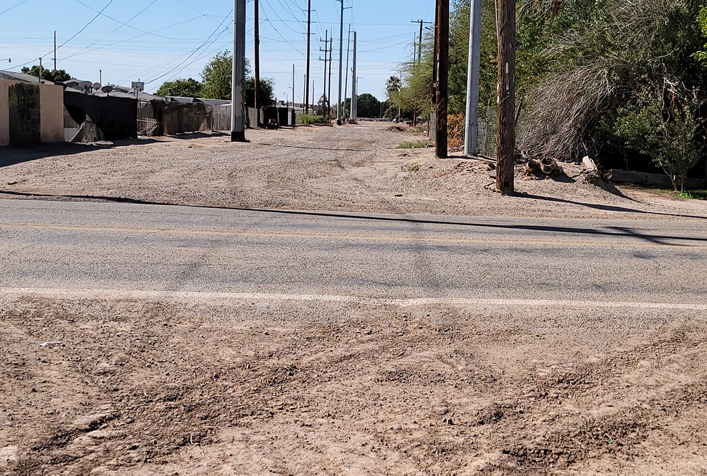Yuma County Traffic Study

Project Brief
The Challenge
Part of Yuma County, Arizona, has been designated as a nonattainment area for the federal particulate matter (PM10) standard. To bring this NAA into attainment, the Arizona Department of Environmental Quality needed to demonstrate to the U.S. Environmental Protection Agency that appropriate measures have been applied to control all significant sources of windblown dust in the NAA. ADEQ contracted with ERG to characterize traffic on roads in the Yuma PM10 NAA that were not yet adequately represented by traditional traffic data, with the ultimate goal of determining if, and to what extent, any of these roads represent a significant source of fugitive dust in the NAA.
ERG's Solution
In collaboration with ADEQ, ERG designed an approach to characterize activity patterns and quantify the potential impact of unpaved roads on PM10 levels in the nonattainment area. ERG’s team identified candidate sampling locations that covered a wide range of urban and rural settings, geographic variability, pavement types, and maintenance responsibilities. To design the study, we first conducted a comprehensive geographic information system-based review of dozens of reference layers from local stakeholders, including municipalities, state contacts, industry representatives, and local authorities. Based on this review, we identified multiple sites to represent seven distinct road categories: agricultural roads, unpaved public roads, tribal roads, small roads, other private roads, unpaved public parking areas, and calibration sites. For several weeks, Yuma Metropolitan Planning Organization crews deployed traffic counters to these sites on Monday and Tuesday afternoons and evenings, checked on the counters 24 hours later, and picked up the counters approximately 48 hours later. For each road category, data collected included vehicle counts, vehicle classification, vehicle speed, and hourly traffic distribution. Because of the fluid nature of local conditions, ERG met with YMPO and ADEQ in the early morning each day during the peak sampling period to plan the daily data collection activities and respond to rapidly changing conditions in the field. ADEQ used the collected data to provide the necessary support and documentation to the U.S. Environmental Protection Agency.
Client
U.S. Environmental Protection Agency